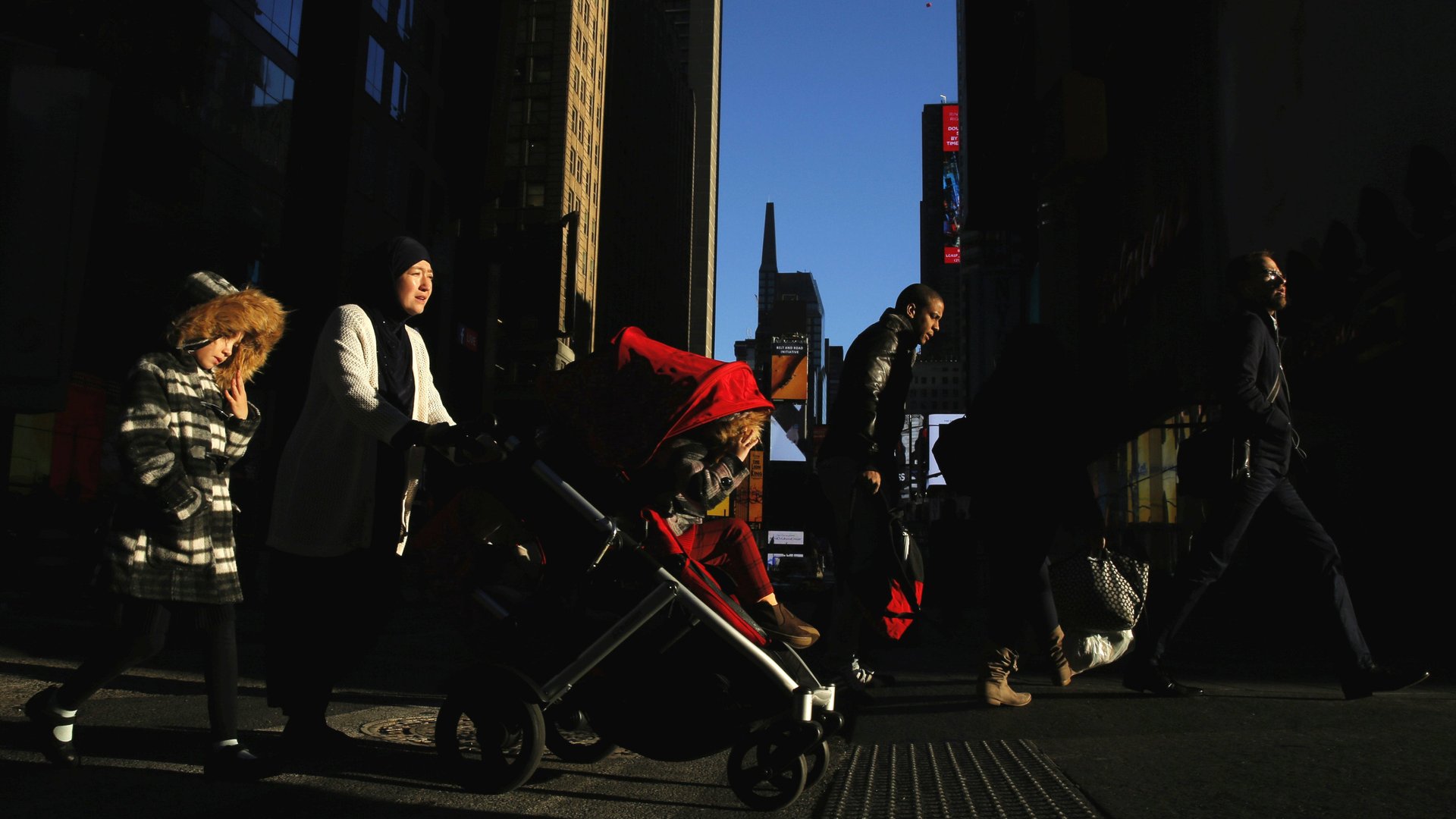The discrepancy in paid leave for birth mothers and “secondary” parents is coming to a head
Generous parental leave policies are the announcement du jour for companies hoping to retain talent by being more family-friendly: Microsoft, Netflix, and Hilton have all bettered their policies in the past few years, and they’re far from alone.


Generous parental leave policies are the announcement du jour for companies hoping to retain talent by being more family-friendly: Microsoft, Netflix, and Hilton have all bettered their policies in the past few years, and they’re far from alone.
But there’s one big problem with how even progressive leave policies work, and it’s called the “primary caregiver.”
A primary caregiver, in policy parlance, is someone who takes full responsibility for a person who cannot fully take care of themselves. In childcare, this means that companies assume one person will be mainly responsible for the baby, and that this person should get more time off. Even leave policies that account for both parents tend to differentiate between leave for the primary caregiver (historically the biological mother) and leave for anyone else (like a dad or an adoptive parent).
According to a new report (pdf) from advocacy group Paid Leave US, only 10 of the 44 largest US corporations provide equal paid parental leave to all new parents, including Bank of America, Target, and Verizon. Seven of the 44 companies provide significantly less leave (a disparity of eight-plus weeks) for dads and adoptive parents than birth mothers, and eight of the 44 offer no leave at all for dads and adoptive parents.
This discrepancy came to a head this week at JP Morgan (paywall), where biological mothers and/or primary caregivers are eligible for 16 weeks of paid leave, and “secondary” just two. On Thursday, JP Morgan fraud investigator Derek Rotondo filed suit against the company for what he calls a discriminatory paid-leave policy. Rotondo’s application for time off after the birth of his second child was rejected because HR said he first needed to prove that his wife couldn’t look after the kid.
Paid-leave policies that favor moms ignore extensive research on the benefits of paternity leave, which can assist with maternal health and childhood development. Such policies also have an enormous impact on LGBTQ employees, who are more likely to adopt or be in dual-father households. That in turn has financial implications: LGBTQ partners living in two-adult households with children are twice as likely as their non-LGBTQ counterparts to report household incomes near the poverty threshold.
“Policies that leave out fathers are not only bad for dads,” the Paid Leave US report says. “[They] can have negative impacts on the whole family. Conversely, when fathers do have paternity leave, studies show this leads to increased subsequent involvement in their children’s lives.”